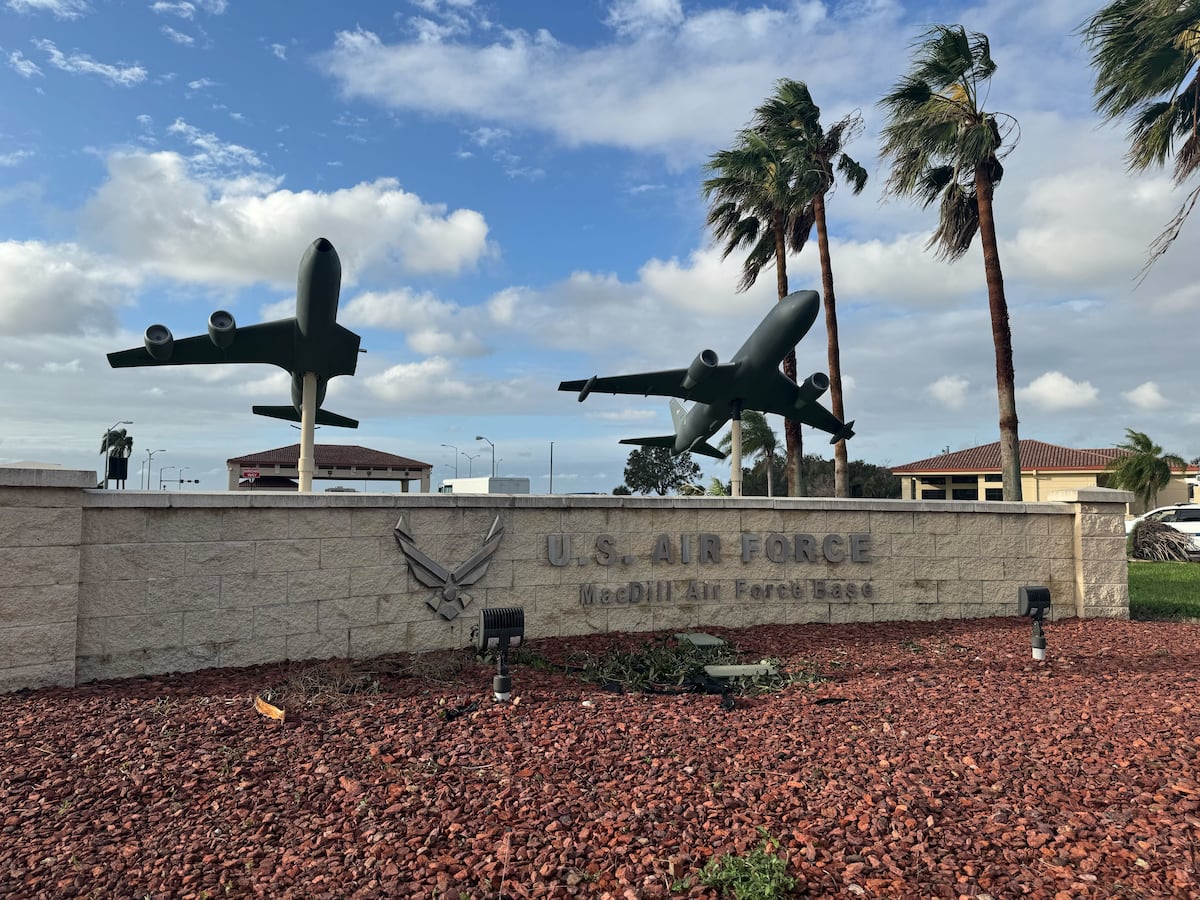Secret X-37B spaceplane maneuvers could impact future space operations
Ten months into its latest and largely classified mission, the Space Force’s X-37B spaceplane is embarking on a new set of maneuvers that could inform future space operations for the service.
The Boeing-built spacecraft has functioned as a testbed for Pentagon and NASA technologies since 2010. The spacecraft’s current mission, OTV-7, began in December with the goal of experimenting with future space domain awareness technologies.
While many details of the mission are classified, the Space Force offered a rare glimpse into the X-37B’s latest endeavor in a press release Thursday, revealing that the spaceplane is preparing to conduct what’s called an aerobraking maneuver.
Although it’s a new move for the X-37B, aerobraking has been used by NASA and other space agencies for years. The technique involves a series of passes that rely on the drag of Earth’s atmosphere. If successful, it will allow the X-37B to change orbits using minimal fuel.
“This first of a kind maneuver from the X-37B is an incredibly important milestone for the United States Space Force as we seek to expand our aptitude and ability to perform in this challenging domain,” Chief of Space Operations Gen. Chance Saltzman said in a statement.
The spacecraft will use the aerobraking maneuvers to change its orbit around Earth and dispose of its service module before completing its test mission. The Space Force didn’t provide details on when it expects the spacecraft to return to Earth.
U.S. Space Command has identified a growing need for what it calls dynamic space operations, or the ability for satellites to maneuver away from threats or toward objects in space that operators may want to observe more closely. That’s a departure from today’s spacecraft, most of which are designed to remain in a specific orbital position throughout their service life.
As a result, existing spacecraft have a finite amount of fuel and their gas tanks aren’t meant to be refueled in orbit. The Space Force is pursuing options for new spacecraft designs that include larger fuel tanks and ports for refueling or maintenance, as well as additional spacecraft and other in-orbit infrastructure to provide those services.
Air Force Secretary Frank Kendall said the X-37B maneuvers could have significant implications for how the Space Force navigates the environment in the future.
“This novel and efficient series of maneuvers demonstrates the Space Force’s commitment to achieving groundbreaking innovation as it conducts national security missions in space,” he said.
Courtney Albon is C4ISRNET’s space and emerging technology reporter. She has covered the U.S. military since 2012, with a focus on the Air Force and Space Force. She has reported on some of the Defense Department’s most significant acquisition, budget and policy challenges.
Read the full article here






